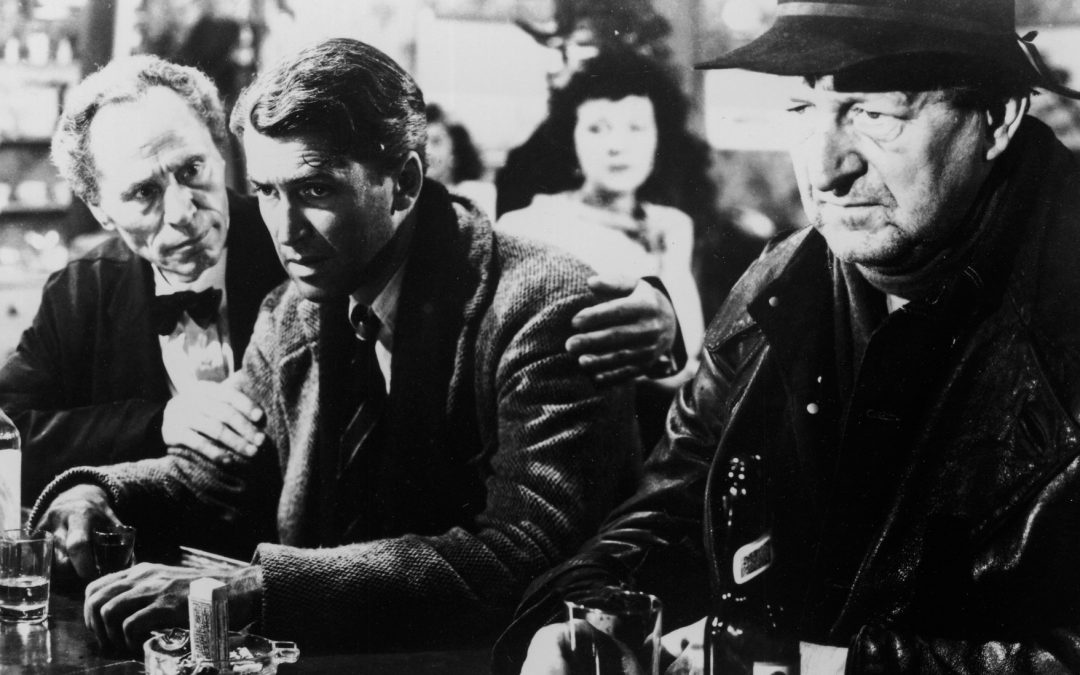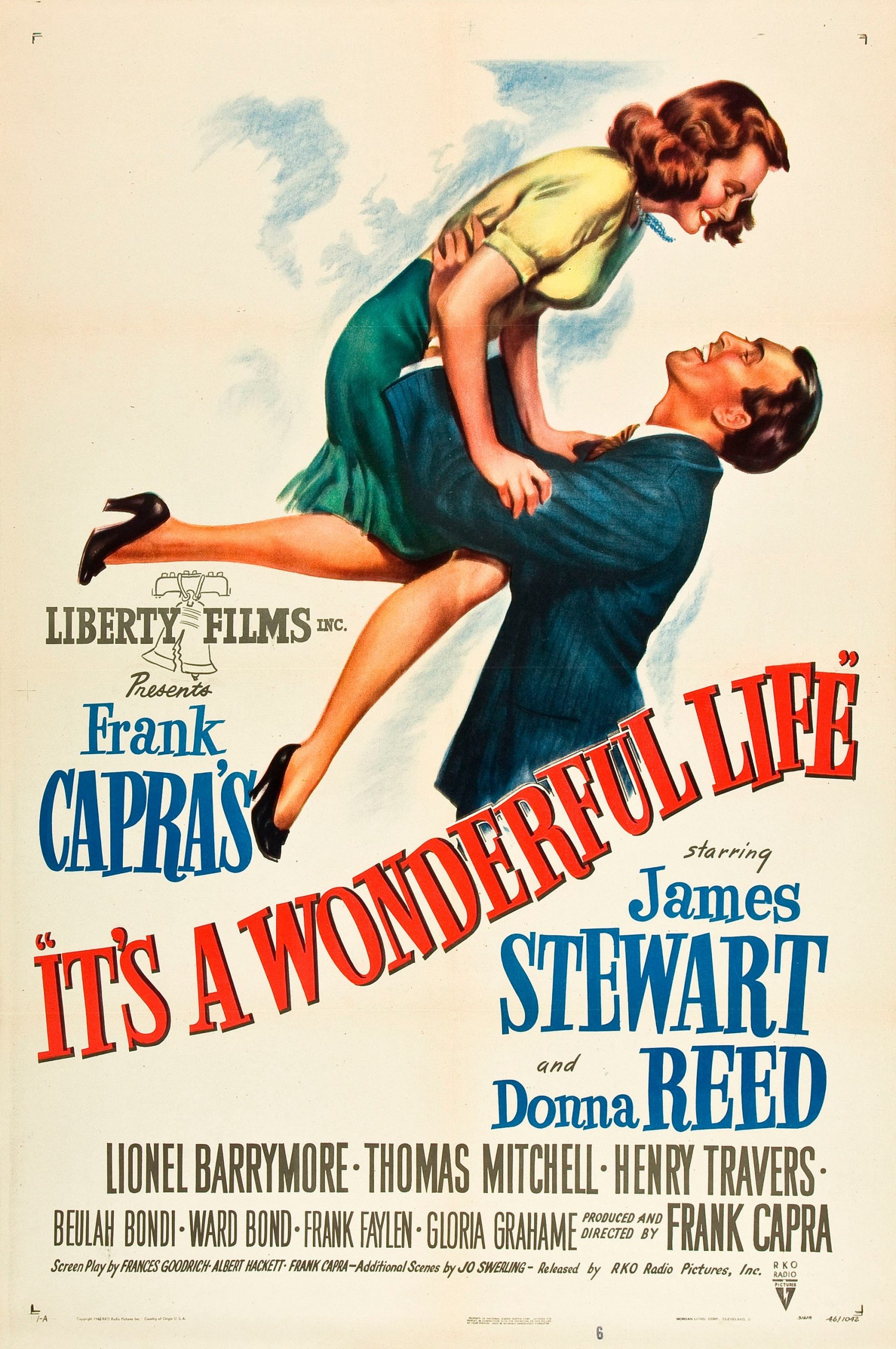“These shopping centers have got to be reimagined,” says Anderson, who is known for his redevelopment of the Belmont Hotel and Tyler Station.
In suburban areas, it’s not financially feasible to tear them down, he says. And demolition just puts them in the landfill anyway.
Retailers like Dollar General, which has a lease in Wheatland Plaza, and Family Dollar, which has one on South Polk, can coexist with trendy restaurants and neighborhood services, he says.
But he also wants to downsize retail spaces. Along with shops and services like dry cleaning, there could be small graphic-design firms, podcast booths and studios that Tik-Tok influencers could rent, for example.
Adding a residential component livens them up with full-time residents to support those businesses.
As the zoning-change application states: “The owner wishes to leverage this housing to support high-quality walkable, mixed-use development, consistent with the goals enumerated in the City of Dallas Economic Policy …”
Beckley Settlement, a two-story commercial building Anderson redeveloped on South Beckley in 2020, is fully leased with 32 tenants.
“And they’re all from the neighborhood,” he says.
That’s also part of his vision, that whatever commercial tenants are a fit for the shopping centers, they will be locally owned businesses, with an emphasis on upstarts.
In Duncanville, Anderson also own Main Station and the quaint retail strip near it, and he says people always ask why they don’t have “the pie place,” Emporium Pies, in their town.
“I tell them, the pie place don’t belong here. It belongs in Bishop Arts,” he says. “We need to have our own pie thing down here. You don’t want to go steal from other places. It doesn’t work anyway.”
Here are more architectural renderings of the plan for 3939 S. Polk.















